NATIONAL AND INTERNATIONAL AIR ACCESS
Lima, the capital of Peru, is reached by air directly through Jorge Chávez International Airport.
Jorge Chávez International Airport | LAP
TOURISM IN LIMA
Lima, the capital of Peru, is a vibrant city that combines pre-Columbian history, colonial architecture, and modern urban life. Here are some tourist highlights in Lima:
Historic Center
Declared a UNESCO World Heritage Site, downtown Lima boasts architectural gems such as:
- The Plaza Mayor (or Plaza de Armas)
- The Lima Cathedral
- The Convent of San Francisco, with its famous catacombs
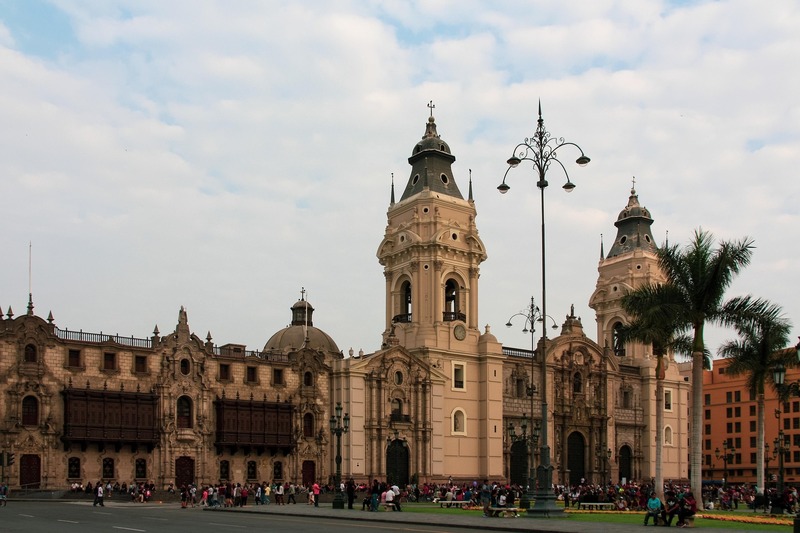 Lima - Historic center
Lima - Historic center
Gastronomy
Lima is considered one of the gastronomic capitals of Latin America:
- Typical dishes: ceviche, lomo saltado, ají de gallina
- World-renowned restaurants such as Central and Maido
Barranco
A bohemian neighborhood with street art, bars with live music, and the famous Bridge of Sighs.
Miraflores
Modern and touristy, ideal for:
- Walking along the Malecón
- Visiting the Parque del Amor
- Paragliding over the coast
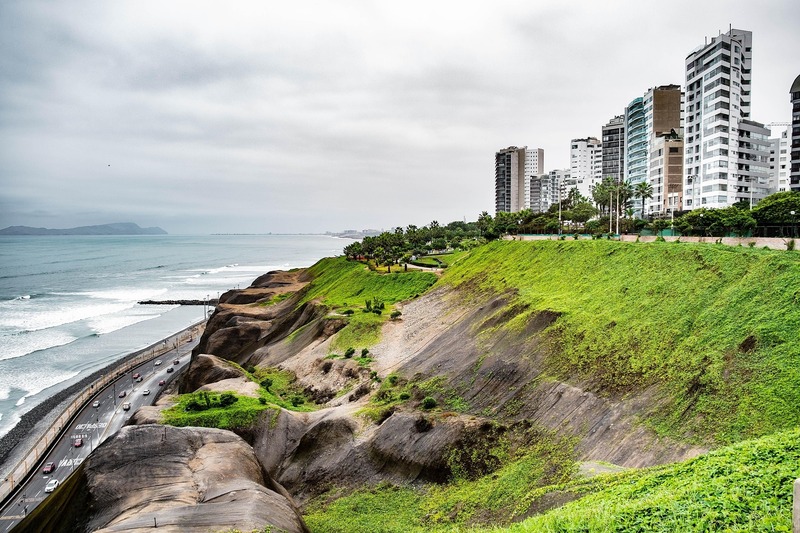 Lima - Malecón
Lima - Malecón
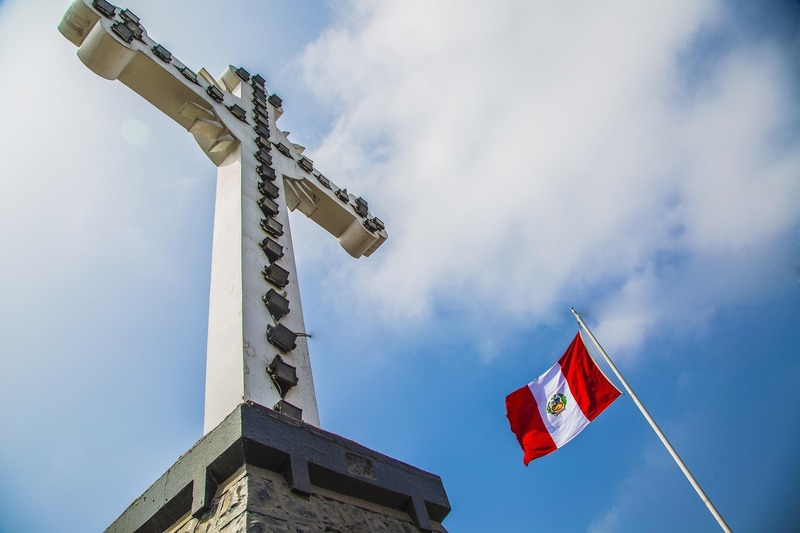 Lima - San Cristobal Hill Cross
Lima - San Cristobal Hill Cross
Pre-Hispanic ruins
- Huaca Pucllana: an archaeological site in the heart of Miraflores
- Larco Museum: excellent for learning about Peru's pre-Columbian history.
Beaches
While Lima has beaches with cool waters thanks to the Humboldt Current, some, like Costa Verde, are popular for surfing or watching the sunset.
Climate
Lima has a subtropical desert climate, with gray skies most of the year, especially between May and November. It rarely rains, but it is foggy and humid.
Machu Picchu
Machu Picchu is one of Peru's most iconic destinations and one of the most famous archaeological sites in the world.
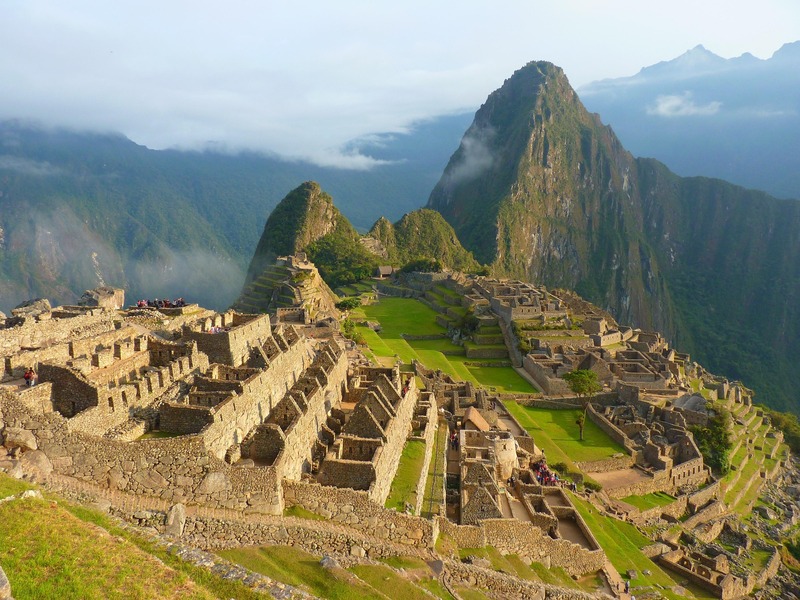 Machu Picchu
Machu Picchu
What is Machu Picchu?
It is an ancient Inca city built in the 15th century, located on a mountaintop in the Cusco region, about 2,430 meters above sea level. It was rediscovered in 1911 by explorer Hiram Bingham. It is believed to have been a ceremonial, religious, or elite residential center.
Recognitions
- Declared a World Heritage Site by UNESCO in 1983.
- Chosen as one of the New Seven Wonders of the Modern World in 2007.
How to get there?
- From Cusco to Aguas Calientes:
- Train (most popular option): companies such as PeruRail or Inca Rail.
- Inca Trail (for adventurers): a multi-day hike that requires advance reservation.
- Alternative routes: such as the Santa Teresa hike (more economical).
- From Aguas Calientes to Machu Picchu:
- Bus: takes about 25 minutes.
- On foot: approximately 1.5 to 2 hours uphill.
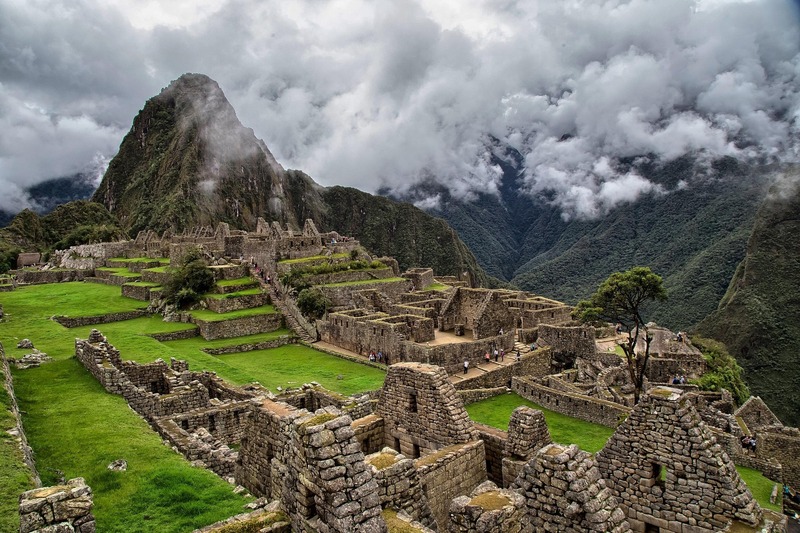 Machu Picchu
Machu Picchu
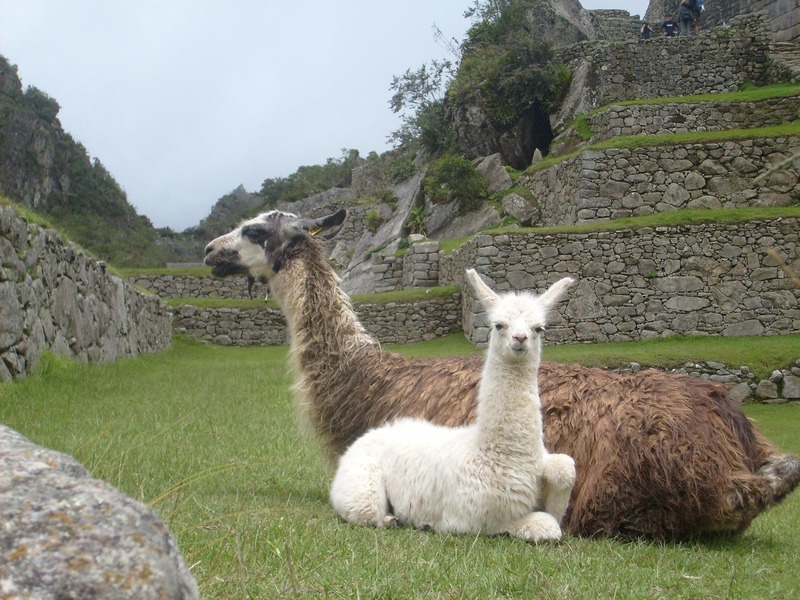 Llamas in Machu Picchu
Llamas in Machu Picchu
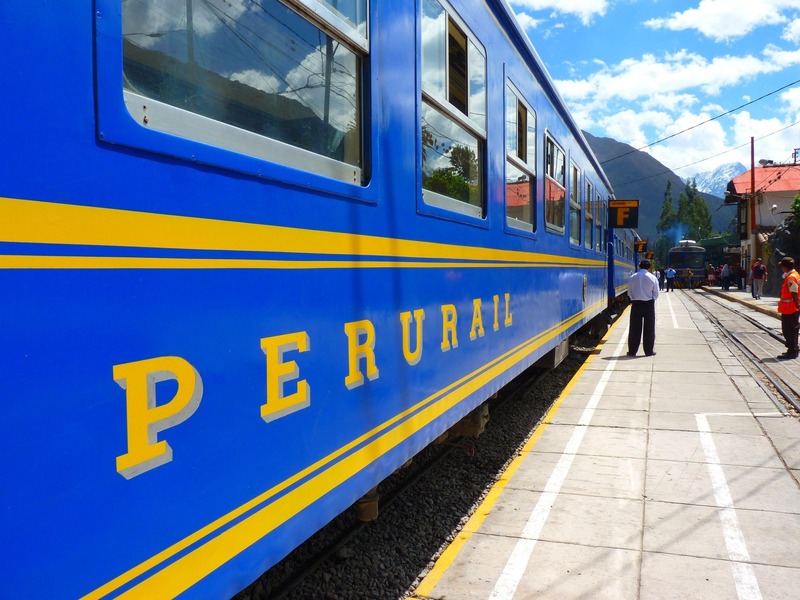 Train to Machu Picchu
Train to Machu Picchu
The Nazca Lines
The Nazca Lines are one of the world's greatest archaeological mysteries and a must-see in southern Peru. They are giant geoglyphs drawn on the Nazca Desert, in the Ica region. There are more than 300 figures, including straight lines, geometric shapes, animals, and humans. Some of the most famous are:
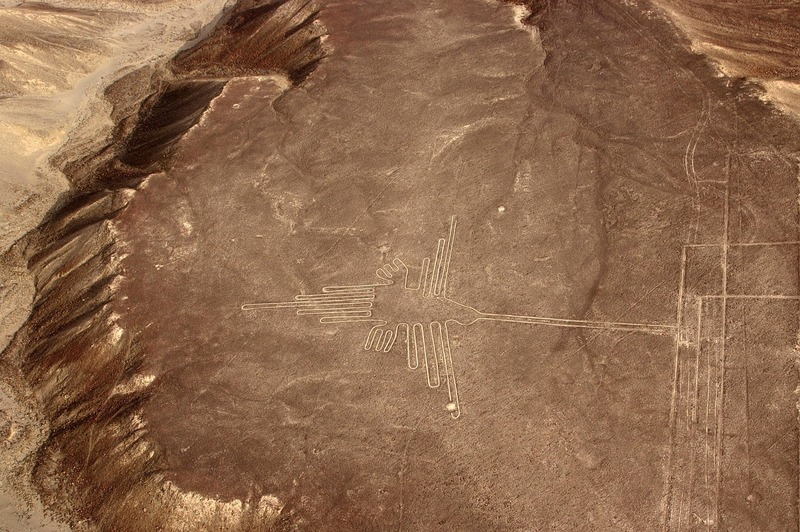 The Nazca Lines
The Nazca Lines
- The hummingbird
- The spider
- The monkey
- The astronaut (a very unusual humanoid figure)
Size and Visibility
- Many figures measure between 50 and 300 meters long.
- They can only be fully appreciated from the air, which is why overflights are the most popular way to see them.
Location
- They are located in the Nazca Desert, about 450 km south of Lima.
- You can get there by bus (6-7 hours from Lima) or on organized tours from Paracas or Ica.
How to see them?
- Small Plane Overflights:
- Depart from small airports in Nazca, Ica, or Pisco (Paracas).
- They last between 30 and 90 minutes.
- They require a strong stomach: the planes make sharp turns so all passengers can see.
- Observation Tower:
- Located on the side of the Pan-American Highway.
- It only allows you to see a few figures (such as the tree and the hands), but it's an economical option.
Origin and Theories
- They are believed to have been made by the Nazca and Paracas cultures between 500 BC and 500 AD.
- Theories about their function range from ceremonial paths to astronomical calendars... or even extraterrestrial contact (although the latter is pseudoscience).
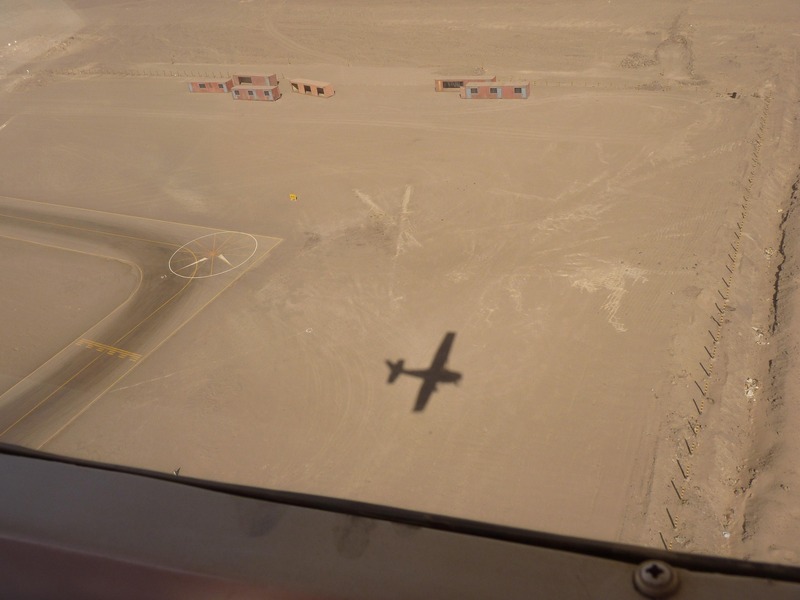 The Nazca Lines
The Nazca Lines
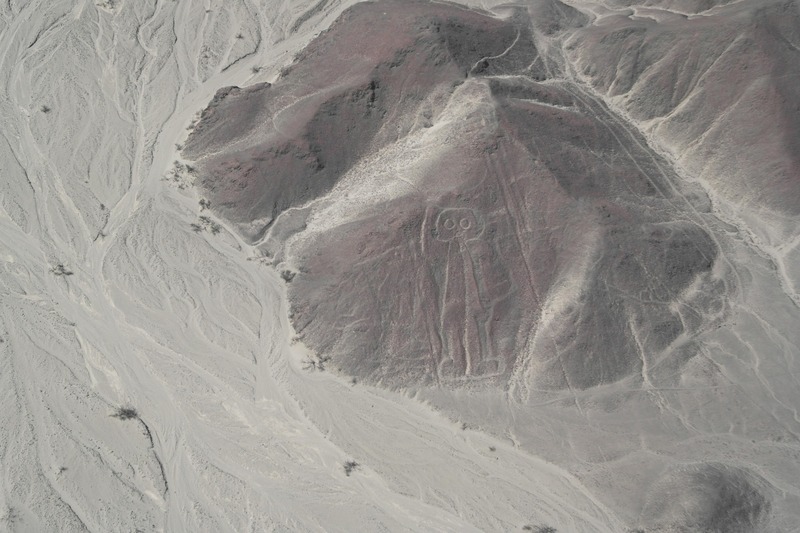 The Nazca Lines
The Nazca Lines
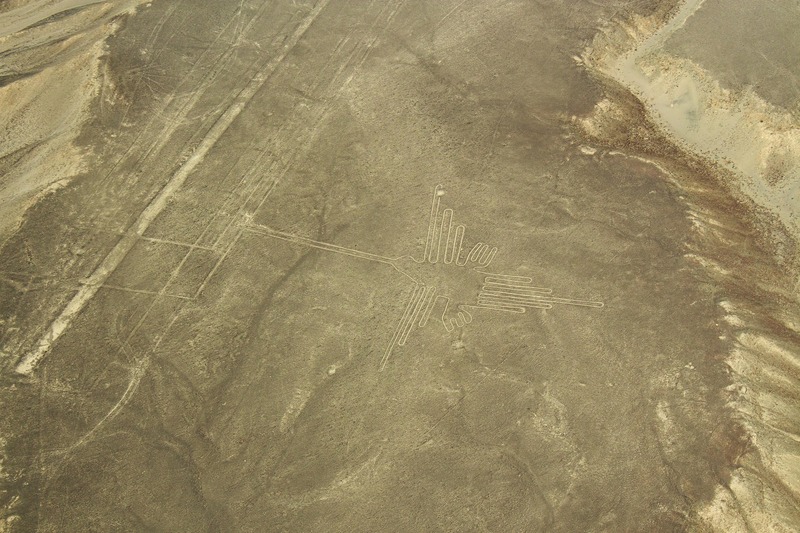 The Nazca Lines
The Nazca Lines
Chiclayo
Chiclayo is a fascinating place! It is the capital of the Lambayeque region in northern Peru and is known for its rich pre-Columbian history, vibrant culture, and, of course, delicious cuisine.
 Catedral in Chiclayo
Catedral in Chiclayo
What to do in Chiclayo?
- Royal Tombs of Sipán Museum
- This museum is one of the most important in Peru, housing treasures found in the tombs of Sipán, an ancient Moche ruler, discovered in 1987 at Huaca Rajada, near Chiclayo.
- You can see impressive pieces of gold, silver, and ceramics, which demonstrate the level of sophistication of the Moche culture.
- The tomb of Sipán is known for its richness and incredible preservation, making it one of the most important archaeological finds in Latin America.
- The Túcume Archaeological Site
- Túcume is an archaeological complex that houses several pyramids and structures built by the Lambayeque (Sicán) culture.
- This place is surrounded by spectacular scenery, with a good viewpoint for observing the Valley of the Pyramids.
- The most famous pyramid is Huaca Larga, one of the largest structures in the region.
- Huaca de El Brujo
- A few hours from Chiclayo, you can visit El Brujo, a Moche ceremonial center famous for the excavations of the Lady of Cao. It is one of the few Moche women's tombs that have been discovered in such a state of preservation.
- The site has a very special attraction, both archaeologically and scenically.
- Chiclayo Market
- Chiclayo's central market is known for its "witchcraft market," where amulets, medicinal herbs, and objects related to Andean healing traditions are sold.
- It's also a good place to try natural juices and anticuchos (grilled meat skewers).
- Main Square and Chiclayo Cathedral
- In the city center, the Main Square is an excellent place to stroll. It has a neoclassical cathedral and several colonial buildings.
- It's also a good starting point for exploring other shopping streets or trying the local cuisine.
Chiclayo Cuisine
Northern cuisine is incredible, and Chiclayo has one of the best culinary offerings in the country. Some notable dishes include:
- Black Shell Ceviche: One of the most famous in the region, very fresh and delicious.
- Arroz con pato: A very traditional dish, made with rice and stewed duck.
- Seco de cabrito: A goat stew with cilantro, rice, and beans.
How to get to Chiclayo?
- From Lima, you can travel by bus (it takes about 13 hours) or take a flight (approximately 1.5 hours).
- Chiclayo has an international airport (Capitan FAP José A. Quiñones International Airport) with flights from Lima and other cities in the country.
Nearby Beaches
Chiclayo isn't directly on the coast, but nearby beaches include Pimentel and Santa Rosa. Pimentel is a quiet beach perfect for spending a relaxing day by the sea, enjoying the caballitos de totora (traditional rafts), and tasting fresh seafood.




